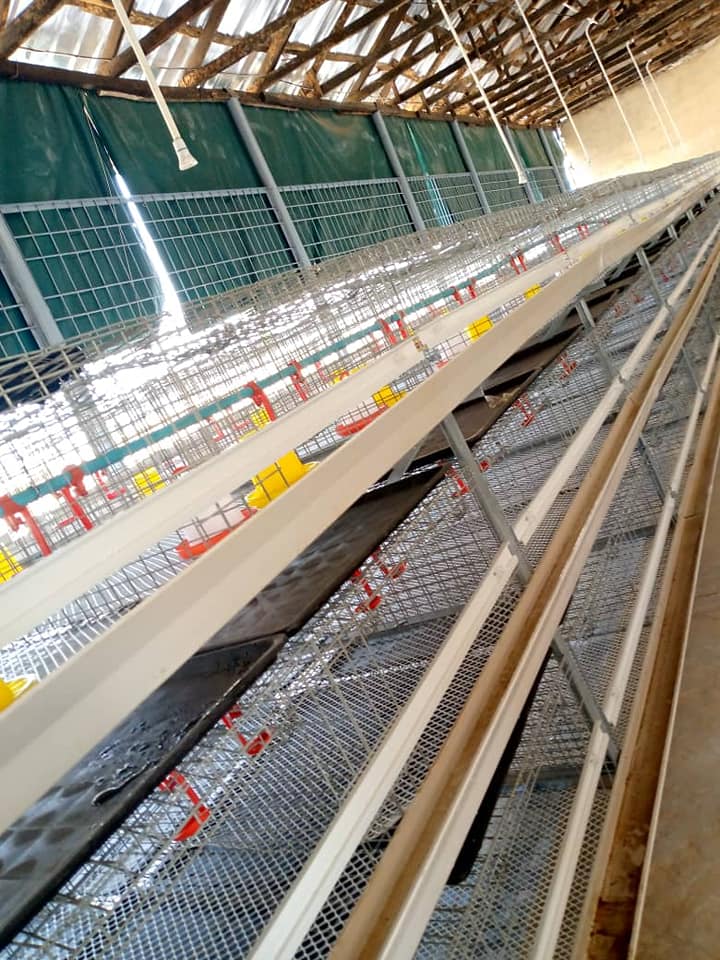Exploring the Benefits and Designs of Poultry Laying Cages for Efficient Egg Production
សីហា . 16, 2024 17:17 Back to list
Exploring the Benefits and Designs of Poultry Laying Cages for Efficient Egg Production
The Benefits and Considerations of Poultry Laying Cages
Poultry laying cages are a common feature in modern egg production systems, designed to maximize efficiency and optimize the welfare of hens. These cages serve a crucial purpose in the poultry industry, particularly for commercial egg-laying operations. While they offer numerous advantages, there are also ethical considerations that producers must address.
Efficiency and Production
One of the primary benefits of poultry laying cages is the significant increase in production efficiency. By housing hens in a confined space, producers can monitor their health and productivity more closely, ensuring optimal conditions for egg-laying. These cages typically provide the right amount of space, light, and ventilation, contributing to the overall well-being of the birds.
Moreover, laying cages allow for increased biosecurity. Since hens are kept in a controlled environment, the risk of disease transmission is minimized. This not only protects the flock but also ensures a consistent supply of high-quality eggs for consumers. The ability to manage feeding and watering systems more effectively in these setups further enhances productivity and reduces waste.
Space Optimization
Laying cages enable farmers to optimize the use of their available space. In conventional farming systems, hens require a larger area per bird, which can limit the number of birds a farmer can raise. Cages allow for a more compact setup, meaning that more hens can be housed in a smaller area without sacrificing production capacity.
This high-density model is particularly advantageous for commercial operations seeking to meet the growing demand for eggs. As the global population continues to rise, so does the need for efficient food production systems. Poultry laying cages play a key role in meeting this challenge.
poultry laying cages

Animal Welfare Concerns
Despite their advantages, poultry laying cages are not without controversy. Critics highlight concerns regarding animal welfare, arguing that confining hens to cages can lead to a lack of natural behaviors. Hens in conventional battery cages often have limited space to move, which can lead to stress and other health issues.
In response to these concerns, some producers have shifted towards more humane alternatives, such as enriched cages or cage-free systems. Enriched cages provide hens with slightly more space and additional features such as nesting boxes and perches, allowing for a more natural living environment. Cage-free systems, on the other hand, allow hens to roam freely within a barn, promoting natural behaviors.
Regulatory Changes
Animal welfare regulations are evolving, leading to significant changes in how poultry laying operations are conducted. Many countries and regions are implementing stricter guidelines regarding the use of conventional cages. As consumer awareness of animal welfare increases, producers must adapt their practices to comply with new standards and meet customer expectations.
This shift also brings opportunities for innovation in the industry. Farmers are investing in technology and infrastructure to transition to more humane practices while maintaining efficiency. These advancements can lead to improved animal welfare outcomes without significantly sacrificing production levels.
Conclusion
Poultry laying cages are a vital component of modern egg production systems, offering numerous efficiencies and benefits. However, as ethical considerations regarding animal welfare gain prominence, the industry faces the challenge of balancing productivity with the well-being of hens. The future of poultry production will likely involve a combination of innovative practices that satisfy both consumer demands and animal welfare standards, leading to a more sustainable approach to egg production. As the industry evolves, it is essential to continue exploring ways to enhance the living conditions of poultry while still meeting the needs of a growing global population.
-
High-Quality Poultry Cages for Efficient Layer Farming Trusted Supplier
NewsApr.29,2025
-
Automatic Pig Feeding System Efficient Livestock Management Solutions
NewsApr.29,2025
-
Feed Chaff Cutter Machine Multifunctional & Efficient Crop Processing
NewsApr.29,2025
-
Right Poultry Farm Equipment Premium Cages & Automated Machines
NewsApr.29,2025
-
Manure Scrapper System Efficient Cleaning & Automated Feeding Solutions
NewsApr.29,2025
-
Premium Pig Fattening Pens Durable & Spacious Livestock Solutions
NewsApr.29,2025






